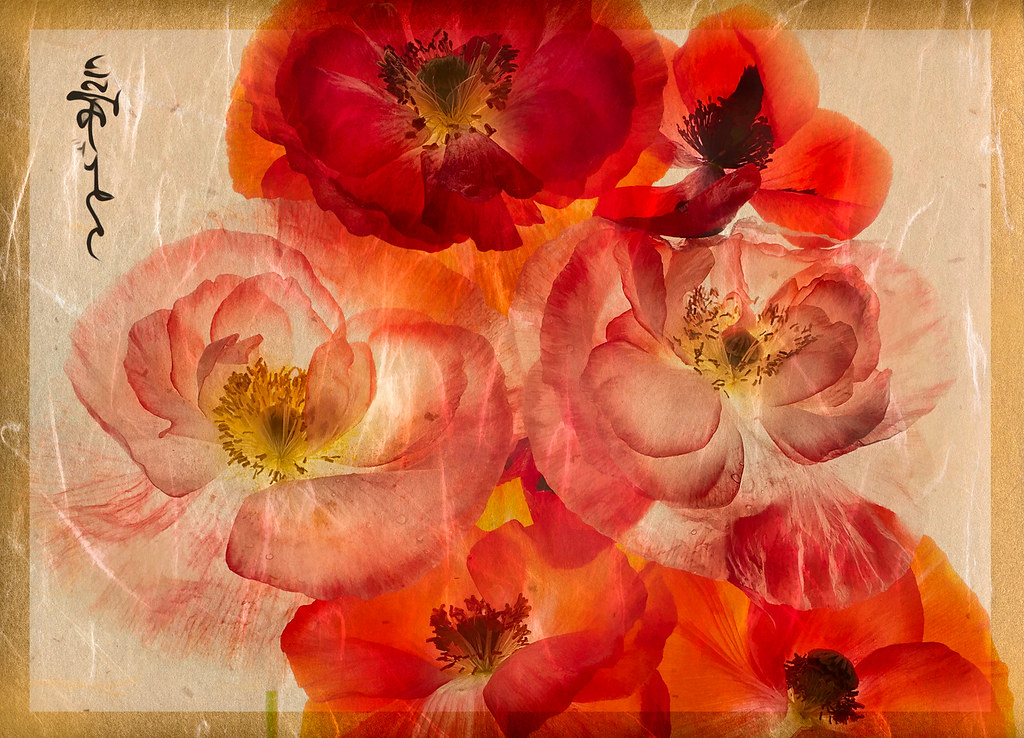
All art is referential to other art. Even post-modernist art—which makes a point of studiously appearing to avoid artistic antecedents—is in fact playing off the very traditions it thumbs its nose at, in much the way a wayward teenager incorporates parental values in the act of rebellion. As artists, like it or not, we are playing in a visual sandbox that extends backwards in time to the cave paintings in Lascaux (and even earlier into the unknown mists of pre-history).
As a practicing artist, one wants to tread the middle road. If you are ignorant, wilfully or otherwise, of the rich artistic traditions we’ve inherited, your work will be poorer for it. On the other hand, too much focus on the place of any individual art or artist in the greater scheme of visual art leads to rigid work that has been sapped of vitality, or is cloying in its use of historical references.
The great French impressionist painters were able to walk this path by choosing to step outside the dominant and stultifying academic traditions. At the same time, they eagerly embraced visual sources from traditions new to their culture—such as Japanese art.
Recently, I have been creating modified digital photos that are homage to this adaption of “Japonica”. My tools are backgrounds, border, compositional choices, digital paintbrushes—and even a signature in ersatz Kanji.
Related story: Making a Floral HDR Panorama.
Pingback: Floral Arrangements